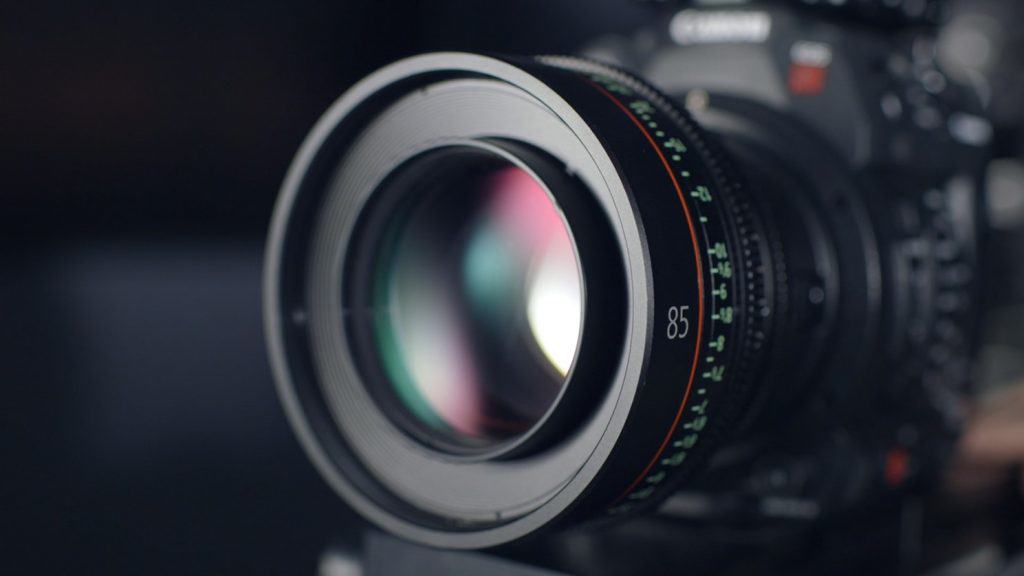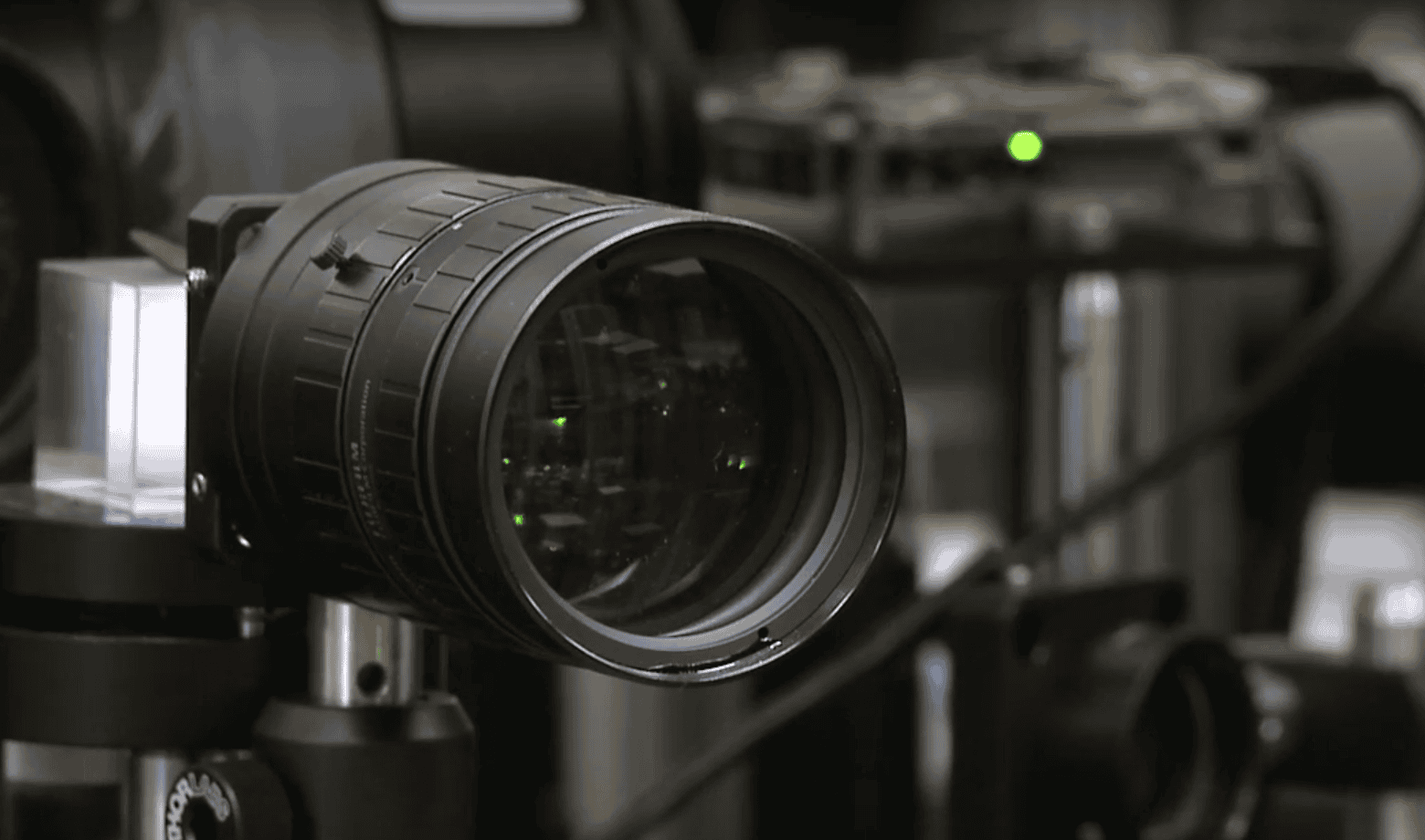The best models of cameras built into today’s smart phones can freeze at over 1000 frames per second, while professional, specialized cameras can freeze at a few thousand or tens of thousands of frames per second. But all these figures pale in comparison with the speed of the new absolute record holder, the fastest camera in the world today with a staggering 70 trillion frames per second. And yes, this camera is already fast enough to capture the motion of waves of light.

The new camera is based on CUSP (compressed ultrafast spectral photography) technology developed at the California Institute of Technology. As you can guess, it has nothing to do with traditional photo and video methods. CUSP technology uses extremely short pulses of laser light, each about one femtosecond long, one quadrillionth of a second.
A special optical system crushes the already short pulses of light into even shorter ones. And each pulse of this light illuminates an object, which is captured by a specialized ultrafast camera sensor that produces an image at a maximum rate of 70 trillion frames per second.
The basis of CUSP technology is the previously developed CUP (compressed ultrafast photography) technology, which in 2014 was used to obtain the shooting speed of 100 billion frames per second. And by 2018, by using a more advanced version called T-CUP, the shooting speed was increased to the mark of 10 trillion frames per second. The new CUSP technology, on the other hand, offers an even 7 times faster shooting speed, and with it, scientists hope to see some of the highest-speed aspects of the world of fundamental physics.

“We believe the new camera will find applications where extremely fast phenomena, such as the propagation of light waves, nuclear fusion processes, the movement of photons within biological tissues, the fluorescent decay of molecules of biological origin and much more, need to be captured,” the researchers write.
And in conclusion, it should be noted that CUP/T-CUP/CUSP technologies are not the only high-speed video technology. Using alternative technologies of their own design, Japanese researchers obtained speeds of 4.4 trillion frames per second in 2014, and a group of Swedish researchers obtained speeds of 5 trillion in 2017.


